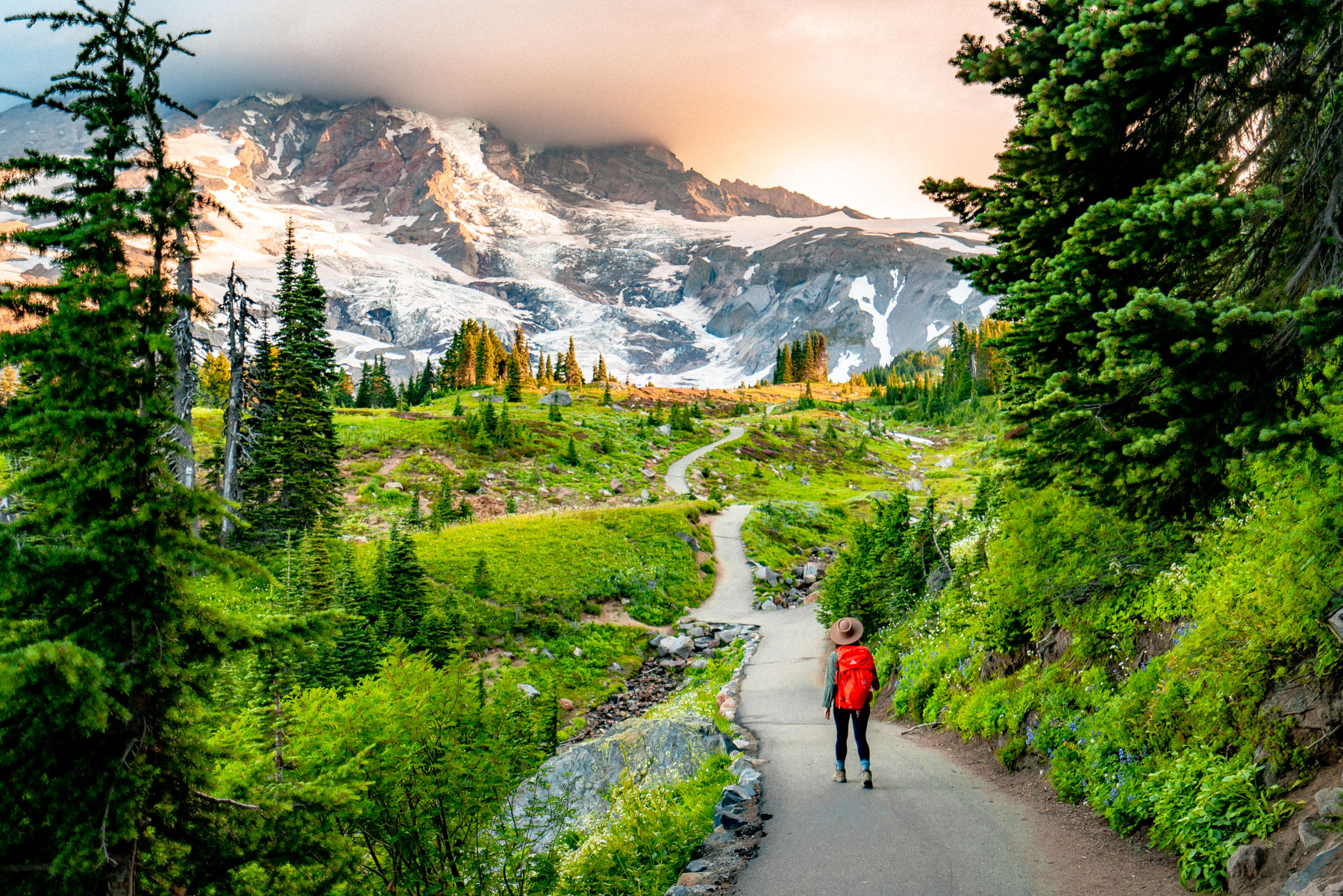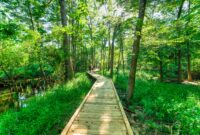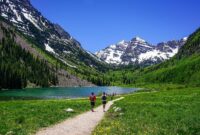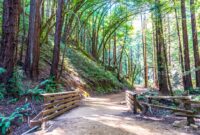Trails Close To Me explores the burgeoning need for easily accessible information about nearby hiking, biking, and running trails. This investigation delves into the diverse user base seeking this information – from seasoned hikers prioritizing challenging routes to families looking for leisurely strolls. We’ll examine the various data sources available, compare their strengths and weaknesses, and discuss how to create a user-friendly interface for discovering and navigating these paths. The goal is to highlight the key elements needed to build a comprehensive and engaging platform that connects users with their ideal outdoor experiences.
This analysis covers several crucial aspects, from identifying user needs and expectations to designing effective data structures and user interfaces. We’ll discuss efficient algorithms for sorting and filtering trail results, explore ways to enhance the user experience through features like offline map access and real-time trail condition reports, and provide examples of how to present trail information in a clear and visually appealing manner. Ultimately, we aim to provide a blueprint for creating a valuable resource that helps people easily find and enjoy the trails near them.
Illustrating Trail Features
Choosing the right trail depends heavily on understanding its features and potential challenges. This section details various trail types and illustrates the unique characteristics of a demanding mountain ascent.
Challenging Mountain Trail: The Serpent’s Spine
The Serpent’s Spine trail earns its name. This challenging ascent features a steep, rocky incline for the majority of its 5-mile length. Loose scree covers much of the path, requiring careful footing and potentially necessitating the use of trekking poles for stability. Sections involve near-vertical climbs requiring the use of handholds embedded in the rock face. Exposure to significant drops is present throughout the latter half of the trail, demanding a high level of both physical fitness and a strong sense of composure. Navigational awareness is also crucial, as the trail is not always clearly marked, particularly during periods of low visibility. Water sources are scarce, so carrying ample hydration is essential. Expect significant elevation gain, approximately 3000 feet, adding to the overall physical demand.
Trail Types and Suitability
Different trail types cater to different needs and skill levels. Understanding these differences is crucial for selecting an appropriate route.
Paved trails, typically smooth and even, are ideal for leisurely walks, jogging, cycling, and wheelchair access. Their predictable surface makes them accessible to a wide range of users and suitable for families with young children or individuals with mobility limitations. However, they often lack the scenic diversity and challenge of more rugged trails.
Dirt trails offer a moderate level of challenge. Generally less steep than mountain trails, they are well-suited for hiking, trail running, and mountain biking. The surface can vary from relatively smooth and packed dirt to loose and uneven sections, demanding some level of fitness and sure-footedness. They provide a good balance between accessibility and a more immersive natural experience.
Rocky trails present the greatest challenge. They often involve steep inclines, loose rocks, and potentially uneven terrain. These trails are best suited for experienced hikers with good fitness levels and a strong sense of balance. Appropriate footwear and potentially trekking poles are essential. While more physically demanding, rocky trails often offer breathtaking views and a more rewarding sense of accomplishment.
Summit Panoramic View: Eagle’s Peak
Imagine standing atop Eagle’s Peak. To the west, a vast expanse of rolling hills stretches to the horizon, painted in shades of emerald green and golden brown. Closer in, a sparkling river meanders through the valley below, its path traced by ribbons of sunlight. To the east, a majestic mountain range rises in a jagged silhouette against the clear blue sky, its snow-capped peaks glistening under the sun. Northward, a dense forest blankets the landscape, a sea of dark green punctuated by the occasional flash of sunlight. Southward, the view opens up to reveal a picturesque lake, its tranquil surface reflecting the surrounding mountains like a mirror. The air is crisp and clean, carrying the scent of pine and earth. The panoramic vista encompasses a breathtaking 360-degree view, a reward well worth the challenging ascent.
Final Thoughts
Successfully connecting users with nearby trails requires a multi-faceted approach. Understanding user intent, leveraging diverse data sources, and crafting an intuitive interface are all critical components. By prioritizing accurate information, user-friendly design, and engaging presentation, we can create a valuable tool that empowers individuals to explore the natural world around them. This exploration has highlighted the importance of not only providing trail information but also considering safety, accessibility, and the overall user experience to create a truly impactful and beneficial platform.




